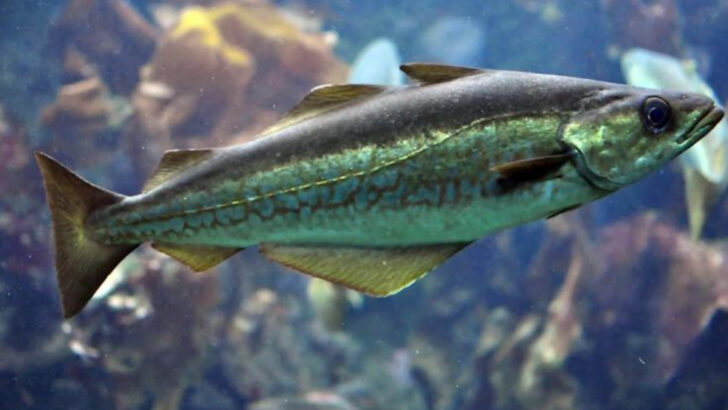You’ve probably eaten Alaskan Pollock without even knowing it.
Fish sticks? Pollock. Fast food fish sandwich? Yep, still Pollock. That flaky white fillet in your freezer? You guessed it—Pollock again.
This unassuming fish is everywhere—and it’s quietly taken over the seafood world without any flashy headlines or fanfare.
But don’t let its mild flavor fool you. Behind that subtle taste lies a fish with a global footprint, a wild story, and a starring role in millions of meals.
From massive ocean hauls to your favorite fast-food fries, Alaskan Pollock is the low-key legend of the sea.
Here are 14 facts that prove this fish deserves way more credit than it gets.
Mild and Versatile Flavor

Alaskan Pollock is renowned for its mild, delicate flavor, making it a favorite among seafood lovers. Its subtle taste allows it to absorb various seasonings, making it incredibly versatile in the kitchen.
Whether grilled, baked, or fried, it adapts to different culinary styles with ease. This fish is often used in fish sticks and imitation crab, serving as a testament to its adaptability.
Its ability to blend harmoniously with diverse ingredients is what sets it apart, making it a staple in many households. For those seeking a healthier option, Alaskan Pollock provides a delicious and nutritious choice.
Sustainable Harvesting Practices
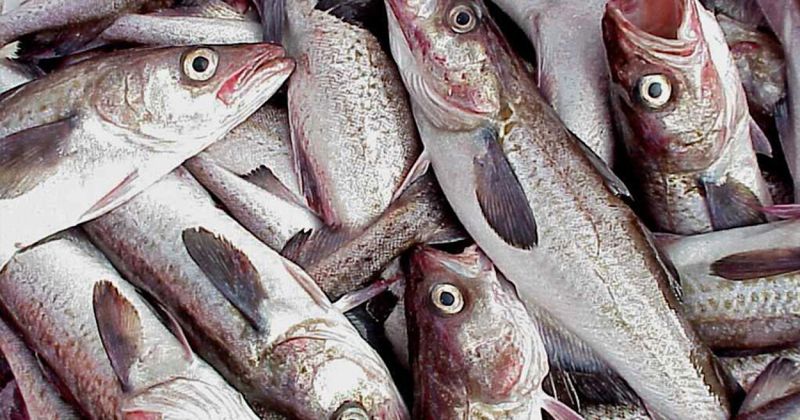
Sustainability is a core principle in the harvesting of Alaskan Pollock. The fishery is considered one of the best-managed in the world, following stringent guidelines to ensure the population remains healthy.
Fishers adhere to quotas and techniques that minimize environmental impact, preserving marine ecosystems. This commitment to sustainability has earned Alaskan Pollock certifications from organizations like the Marine Stewardship Council.
Choosing Alaskan Pollock supports responsible fishing practices and contributes to the long-term health of ocean habitats, allowing consumers to enjoy seafood without compromising the environment.
Nutritional Powerhouse
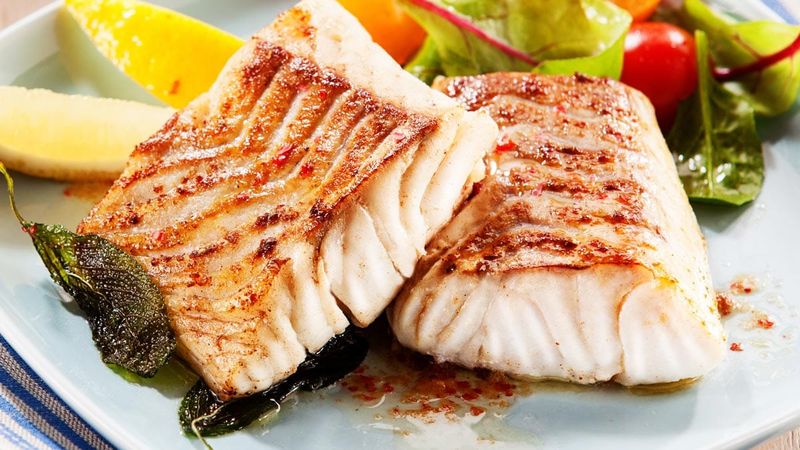
Packed with protein and omega-3 fatty acids, Alaskan Pollock is a nutritional powerhouse. It supports heart health, brain function, and overall well-being, making it a smart choice for those aiming to maintain a balanced diet.
Rich in vitamins and minerals, it provides essential nutrients without the high calorie count. It’s particularly beneficial for those looking to reduce their intake of saturated fats.
The combination of low-fat content and high nutritional value positions Alaskan Pollock as an excellent alternative to other protein sources, offering both taste and health benefits.
Economic Importance

The economic impact of Alaskan Pollock cannot be overstated. It’s one of the most commercially significant fish in the United States, supporting thousands of jobs in fishing, processing, and distribution.
The industry contributes billions to the economy annually, with exports reaching markets across the globe. This fish is a cornerstone of the seafood industry, driving economic growth in coastal communities.
The demand for Alaskan Pollock continues to rise, reflecting its popularity and importance as a key player in the global seafood market.
Distinctive Lifecycle
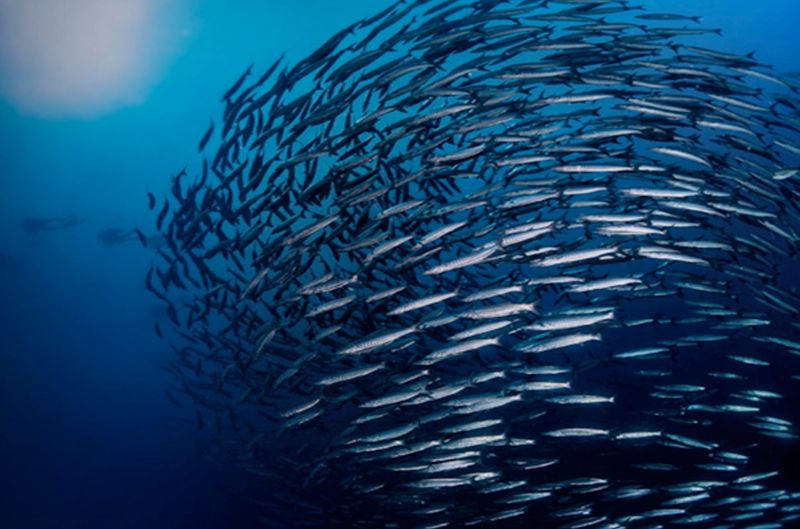
The lifecycle of Alaskan Pollock is both fascinating and distinctive. Spawning occurs in the winter, with eggs hatching in spring. The young fish grow rapidly, maturing to adults within a few years.
Adapted to cold waters, they thrive in the Bering Sea and the Gulf of Alaska. Their lifecycle plays a crucial role in the marine food web, serving as prey for larger fish, marine mammals, and seabirds.
Understanding the lifecycle of Alaskan Pollock is essential for managing its populations sustainably, ensuring that this vital species remains abundant in the wild.
Low Mercury Levels
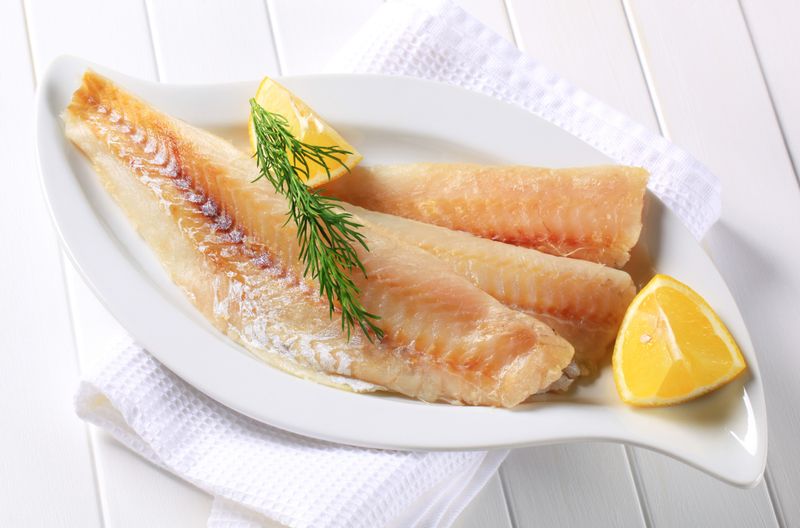
Alaskan Pollock is celebrated for its low mercury levels, making it a safer choice for a wide range of consumers, including pregnant women and young children.
This low mercury content is due to its diet and relatively short lifespan, which limits the accumulation of toxins. Consuming Alaskan Pollock offers peace of mind to those concerned about mercury exposure.
Its safety profile, combined with its nutritional benefits, makes Alaskan Pollock an ideal option for health-conscious individuals seeking nutritious and safe seafood choices.
Icy Habitat
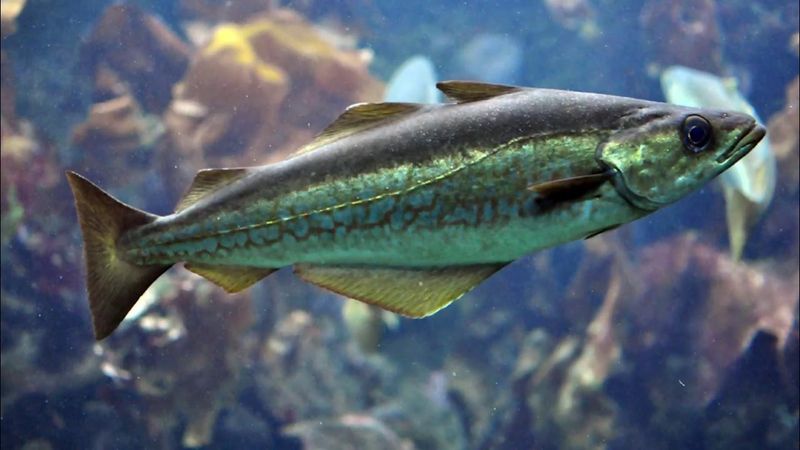
Alaskan Pollock thrives in the icy waters of the North Pacific, particularly in the Bering Sea. The cold, nutrient-rich environment supports a diverse marine ecosystem, where Pollock plays a vital role.
These waters provide the optimal conditions for their growth and reproduction, contributing to their abundance. The frigid habitat also affects the fish’s texture and flavor, enhancing its appeal.
Fishing in these challenging conditions requires skill and dedication, reflecting the hard work of those who harvest this valuable resource sustainably.
Common in Fast Food

Alaskan Pollock is a common ingredient in fast food due to its affordability and mild taste. It’s featured in popular items like fish sandwiches and fish sticks, providing a healthy alternative in the fast-food industry.
The fish’s texture holds up well under various cooking methods, making it a versatile choice for quick-service restaurants. Its use in fast food highlights its broad appeal and accessibility.
For those seeking healthier fast-food options, Alaskan Pollock offers a satisfying choice without sacrificing flavor or nutritional benefits.
Global Popularity
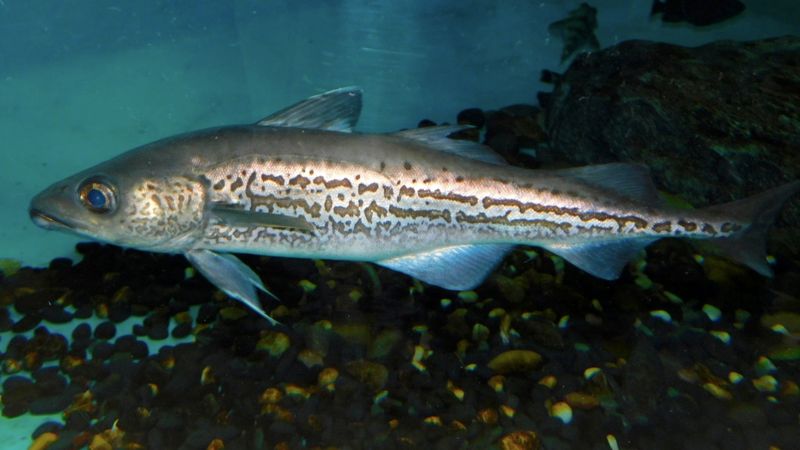
Alaskan Pollock enjoys global popularity, favored in many cuisines around the world. Its mild flavor and adaptability make it a staple in dishes from America to Asia.
The fish’s widespread appeal is reflected in its presence in international markets, where it’s used in a variety of culinary applications. From fish and chips in the UK to surimi in Japan, it transcends cultural boundaries.
This global reach underscores its status as one of the most consumed fish worldwide, bridging culinary traditions across continents.
Foundation for Surimi
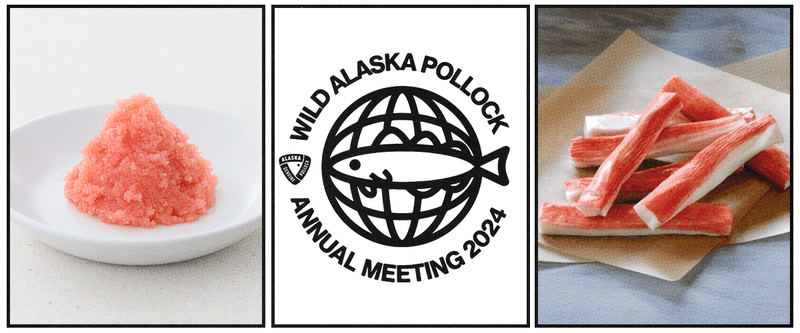
Alaskan Pollock is the primary fish used in surimi production, a process that creates versatile seafood products like imitation crab meat. Surimi is valued for its texture and ability to mimic other seafood flavors.
The production of surimi involves processing Pollock into a paste, which is then shaped and flavored to resemble crab, shrimp, or lobster. This innovation has allowed for the creation of affordable seafood alternatives.
Surimi’s widespread use illustrates the adaptability of Alaskan Pollock, showcasing its role in expanding seafood options for consumers.
Cultural Significance
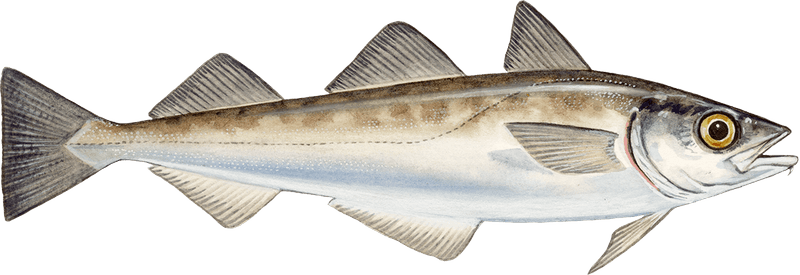
In Alaska, Pollock holds cultural significance, deeply embedded in the traditions of local fishing communities. It’s not just a source of income but also a part of their heritage, shaped by generations of fishermen.
Community events often celebrate the harvest, highlighting its role in local identity. The fish’s presence in Alaskan culture reflects a connection to the land and sea, symbolizing resilience and sustainability.
Pollock fishing is more than an industry; it’s a way of life for many, fostering a sense of pride and stewardship over natural resources.
Role in Ecosystem
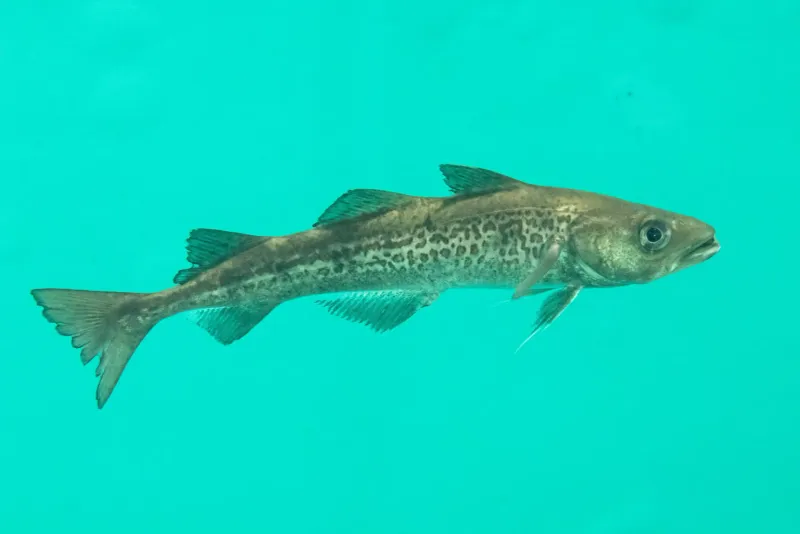
Alaskan Pollock is a keystone species in its ecosystem, playing a crucial role in the food web. It serves as both predator and prey, maintaining the balance of marine life.
As prey, it supports the diets of larger fish, seabirds, and marine mammals. As a predator, it consumes smaller fish and plankton, contributing to the biodiversity of its habitat.
This dual role underscores the importance of Alaskan Pollock in sustaining marine ecosystems, highlighting the need for continued conservation efforts.
Adaptation to Climate Change
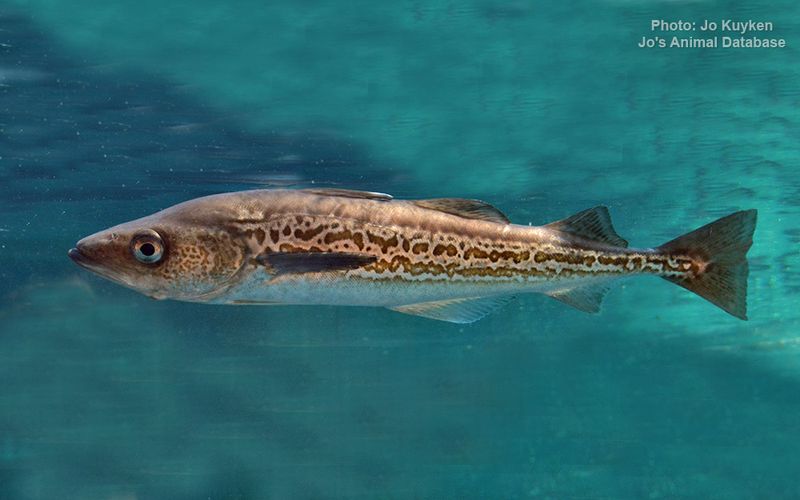
Alaskan Pollock has shown resilience in the face of climate change, adapting to shifts in ocean conditions. Researchers study its responses to temperature fluctuations, providing insights into the species’ adaptability.
Despite environmental challenges, Pollock populations remain robust, showcasing their ability to thrive under changing conditions. This adaptability is crucial for the survival of the species amidst global warming.
Understanding how Alaskan Pollock copes with climate change helps inform conservation strategies, ensuring that this vital fish continues to flourish in the future.
Innovative Processing Techniques
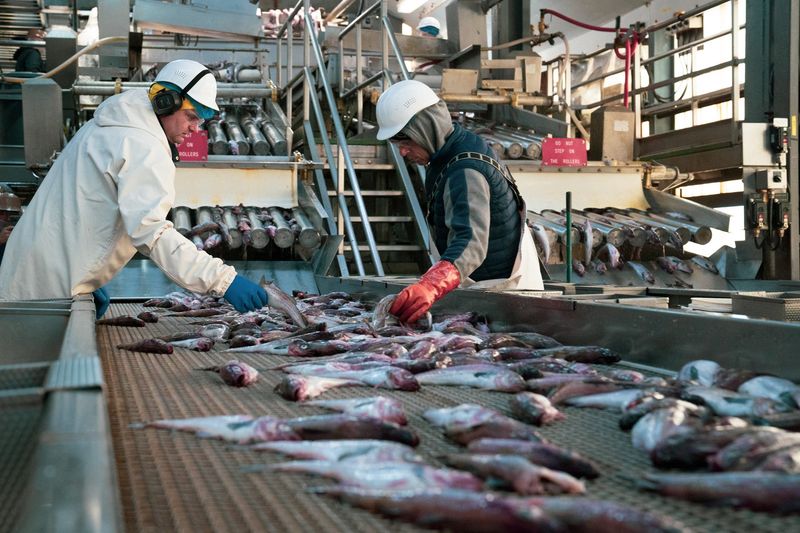
The processing of Alaskan Pollock has seen significant innovation, with advanced techniques enhancing efficiency and quality. Facilities utilize technology to maximize yield and minimize waste, ensuring sustainable practices.
Processing advancements have led to a wide range of products, from fillets to surimi, meeting diverse consumer demands. These innovations maintain the fish’s freshness and nutritional value.
The continuous improvement in processing methods reflects the industry’s commitment to sustainability and quality, supporting the ongoing popularity of Alaskan Pollock worldwide.

